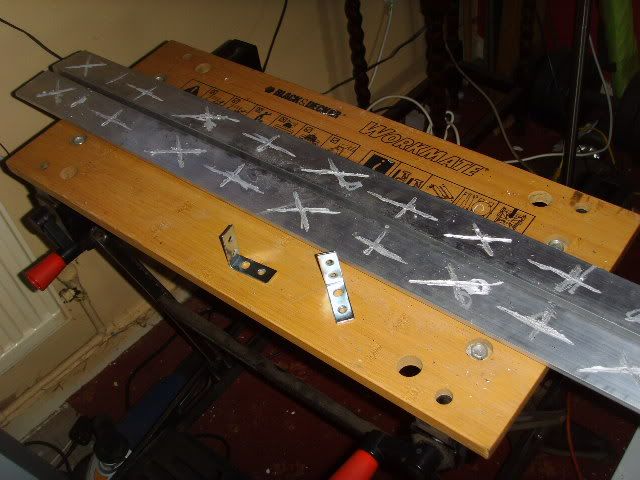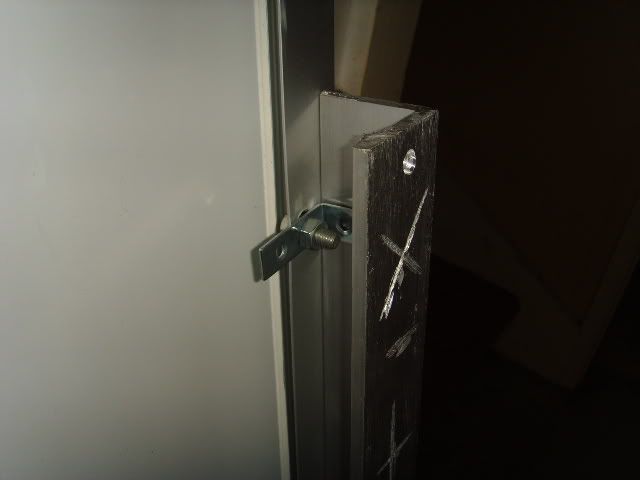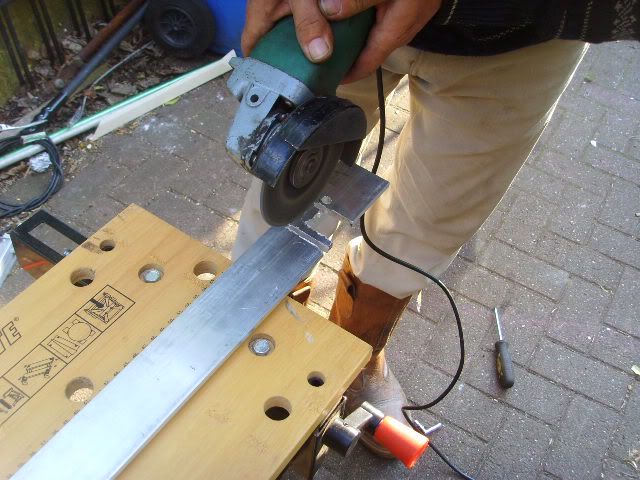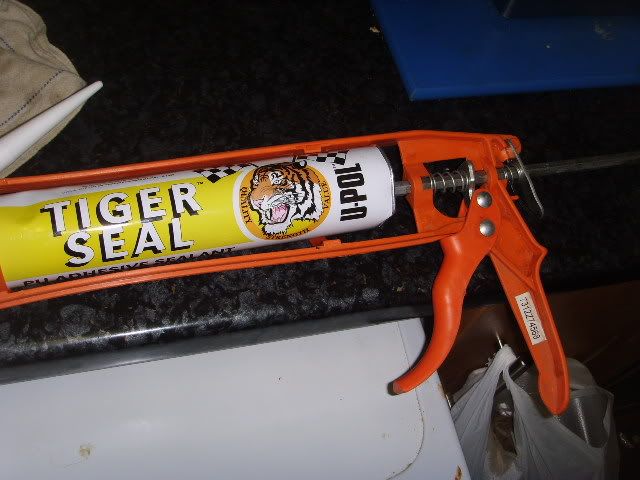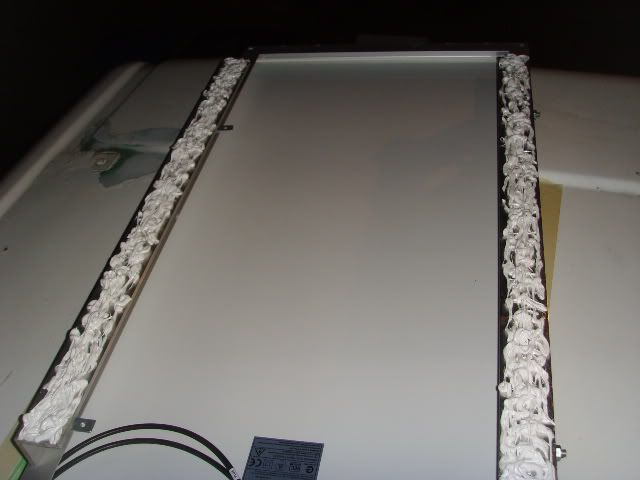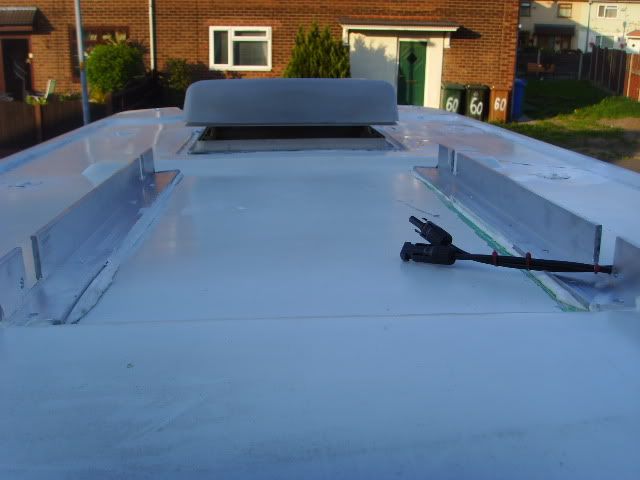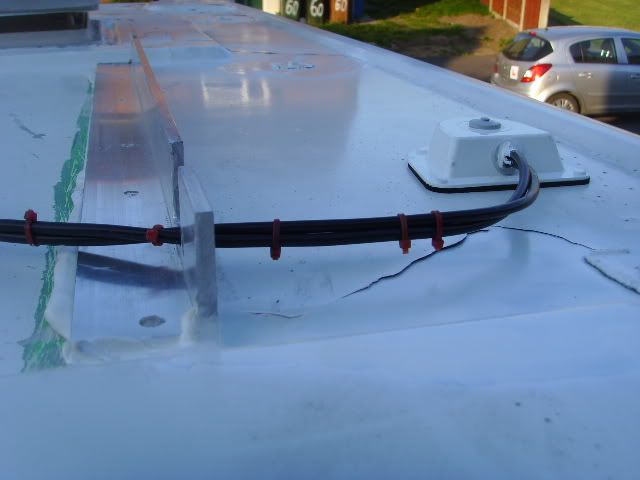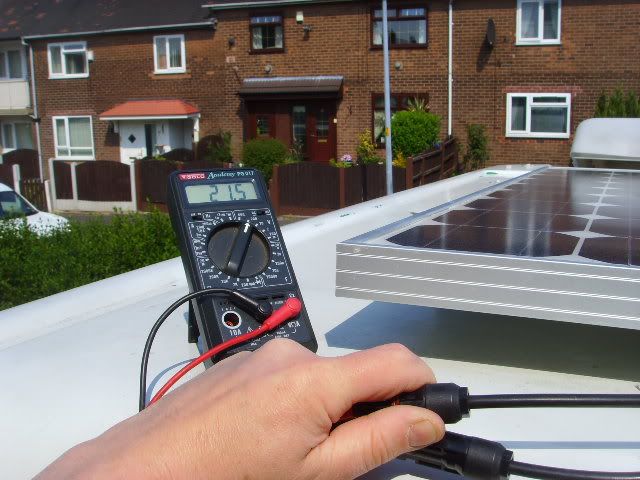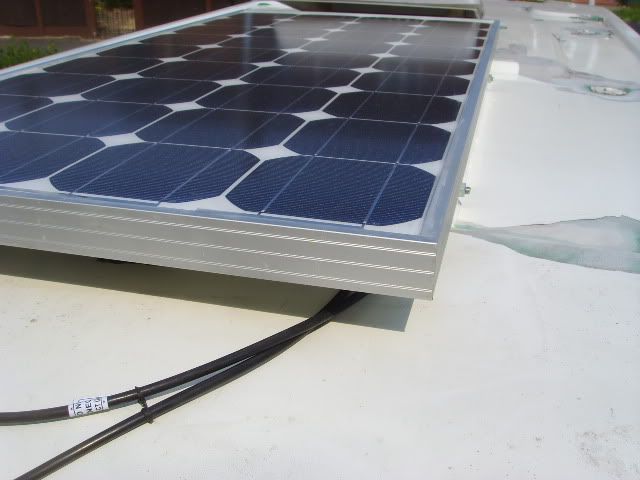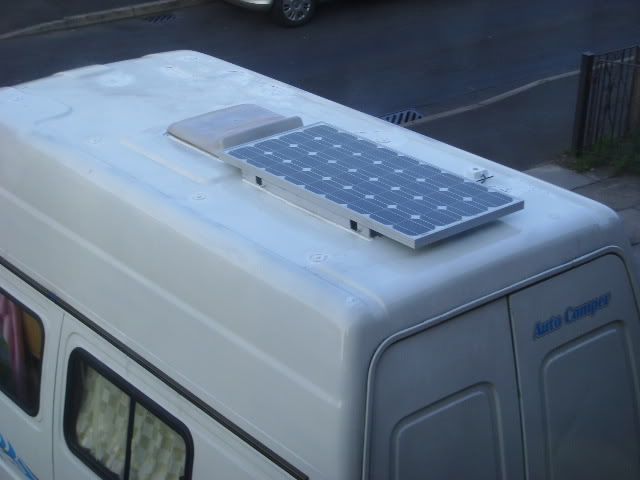With
solar - and especially if it is needed to supply any significant amount of power - there is really only one way to go about it. This means analyzing desired lifestyle, driving habits (if your habitation
battery is also charged by the engine alternator), your usage habits (often the hardest part), where geographically you are going to use it and what time of the year (because
solar panels don't work as well or as long as many believe).
Relying on your engine
battery to provide any power to the living quarters is asking for a dead flat
battery at the most inconvenient time so that might need to be your first step before
solar. 100Ah sealed
battery charged from the alternator via a split-charge relay.
That will give you the capability of a night wildcamping - or maybe two if you are very frugal with electricity - provided you drive for at least two hours before and after. Then you can add
solar - the more the better - and a
solar regulator, to boost the
battery charge on sunny days and this will allow you to extend your wilding endurance by a day or two or even indefinitely in nice sunny conditions.
Problems come when things don't go to plan. Couple of days rainy weather means no
solar input. Drive for only half an hour a day and too little charge is put into the batteries. Use a TV or laptop or heater for too long, or every light on for hours and the
battery will end up dead flat. Not a matter of if, but when and then it is VERY important to get it charged up ASAP and this means a night on hookups running a quality mains 3-stage charger rated at at least 10 amps as an absolute minimum.
I mentioned lifestyle as a major factor and my remarks above assume a long term vacation or full-timing with mostly wild camping as I do. If you are an occasional weekend warrior - say 10 weekends a year and that is it, or no requirement for much wilding, or every second night on EHU - then the problem and the solution is entirely different and your most cost-effective solution would be to buy the cheapest biggest starting
battery you can find, take it out of the vehicle to charge it at home (because it will be a normal flooded
battery and needs to be charged in the open), stick it in just before you leave and run your habitation on that for two days and when you get back home, take it out and charge it up again with your elcheapo 4 amp taper charger. Sure, the
battery will last anywhere from one to three seasons but you can buy a lot of batteries for what it will cost to set up a properly-designed
solar system.
BTW you will hear amazing stories of how people install a 50Watt
solar panel and a 100Ah
battery and enjoy a comfortable RV lifestyle using all the power they want. I suggest you don't take too much notice of these claims unless you have full details of every aspect of their lifestyle so you can assess whether it would suit you too.


